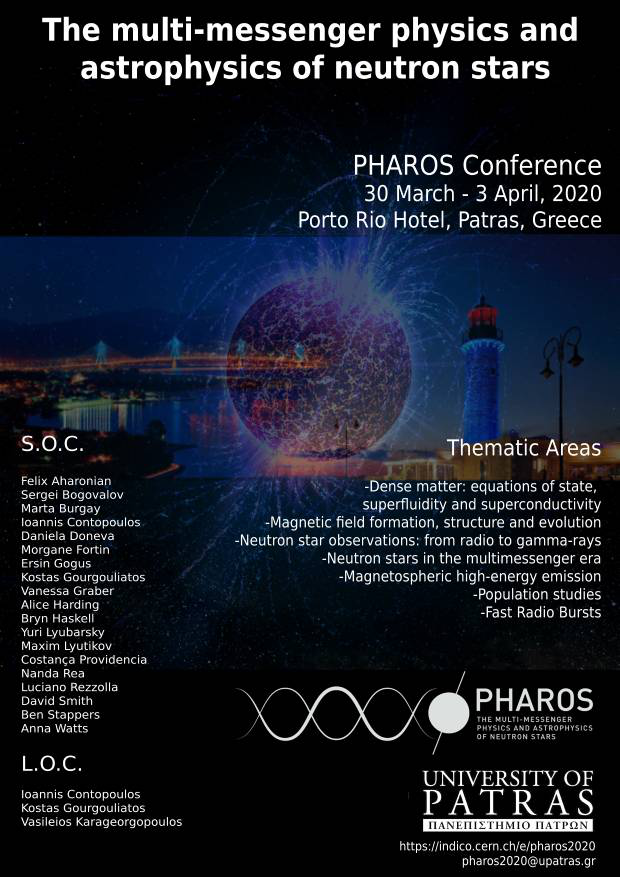Speaker
Description
We have shown that the torques acting on the intermittent pulsars in the radio ON and OFF states can be reproduced by transitions between the strong and weak propeller phases of accreting neutron stars evolving with fallback discs. We have used the analytical model applied earlier to the transitional millisecond pulsars to explain their properties during transitions between the radio pulsar and X-ray pulsar states. In the model, the strong and weak propeller torques reproduce the spin down rates in the ON and OFF state respectively. The inner disc radius has a weak dependence on the mass-flow rate, and is close to the co-rotation radius in the ON and OFF states. The dominant torque is produced by the disc-field interaction while the magnetic dipole torque is negligible in both phases. The spin-up torque associated with accretion is weaker than the spin-down torque. When the accretion starts, the spin down rate decreases and the pulsed radio emission is quenched. Radio pulses are emitted only in the strong propeller phase with a stronger spin-down rate.

